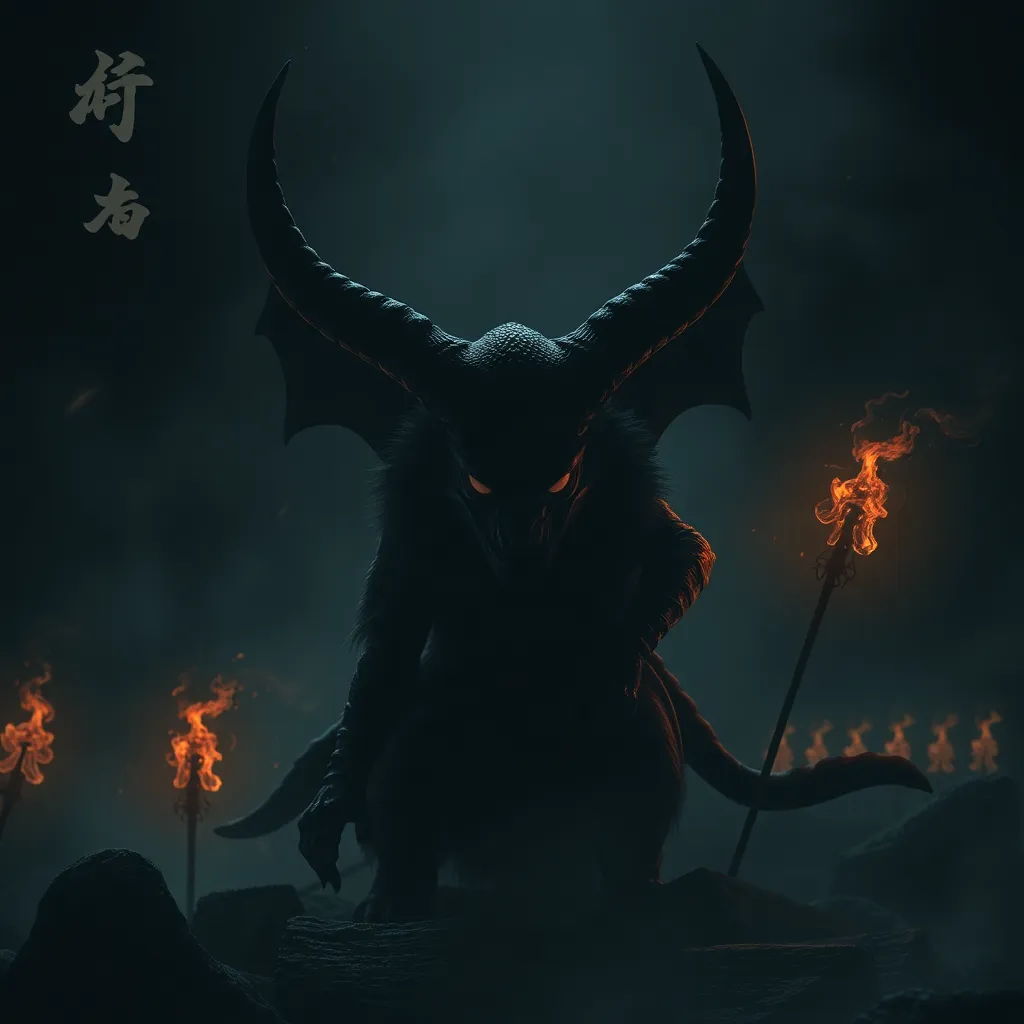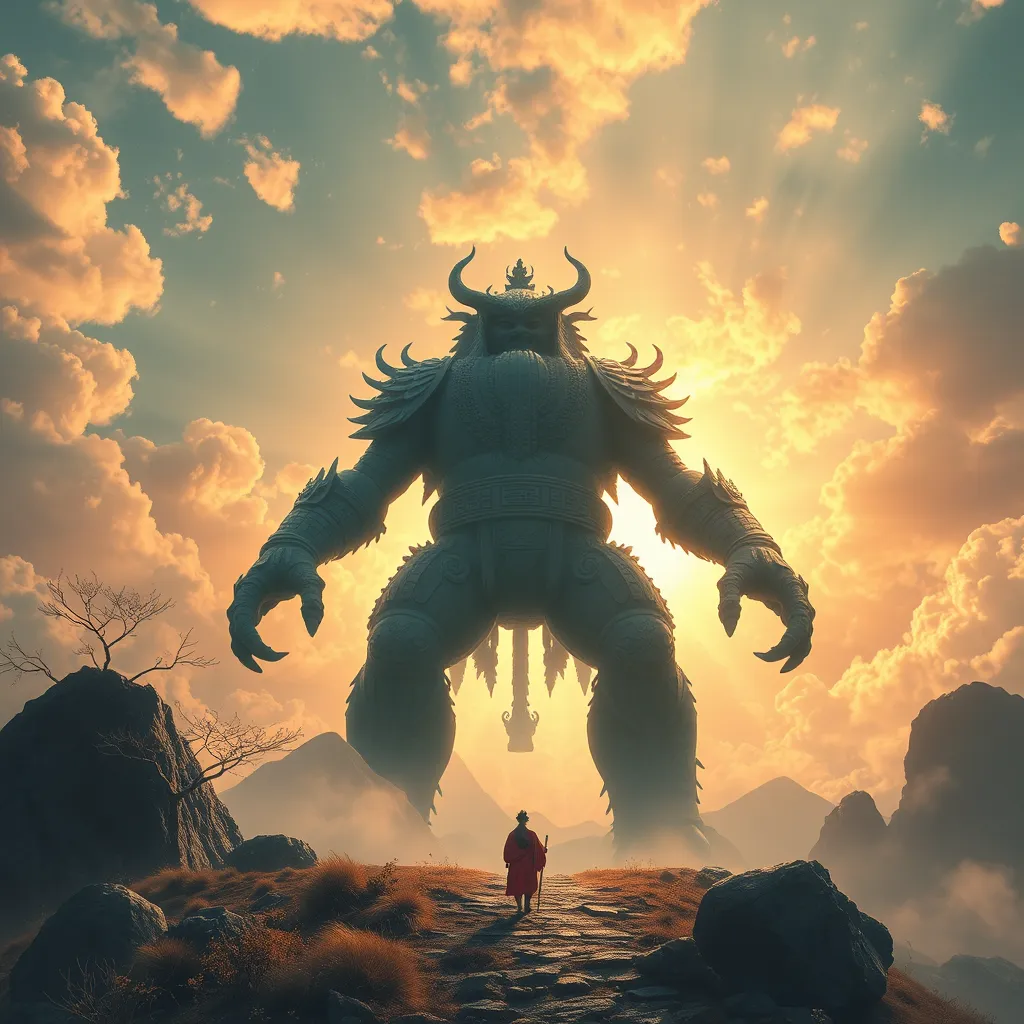The Gremlin’s Art: Analyzing the Depiction of Gremlins in Literature and Art
I. Introduction to Gremlins
Gremlins are often seen as mischievous creatures that cause chaos and trouble, particularly in machinery and technology. The term “gremlin” first appeared during World War I, likely coined by British pilots to explain unexplained mechanical failures. Over time, these mythical beings have evolved into a significant part of popular culture and folklore.
The cultural significance of gremlins extends beyond their roots in wartime folklore. They symbolize the unpredictable nature of technology and human incompetence, often embodying our fears and anxieties in a rapidly changing world. This article aims to explore the representation of gremlins in literature and art, tracing their evolution and examining their impact on culture.
II. Historical Context of Gremlins in Folklore
The origins of gremlins can be traced back to the experiences of pilots during World War I and II. These creatures were said to sabotage aircraft, causing malfunctions and failures at the most inconvenient moments. This notion provided a humorous and somewhat supernatural explanation for the challenges faced by pilots.
As the decades passed, the mythology surrounding gremlins evolved. They transitioned from wartime folklore to broader cultural narratives, appearing in various media and art forms. The impact of wartime experiences on these narratives cannot be overstated; gremlins became symbols of anxiety in a technologically advancing world.
III. Gremlins in Literature
Gremlins have found their way into various literary works, capturing the imagination of readers with their chaotic nature. One notable example is Roald Dahl’s “The Gremlins,” published in 1943. This children’s book portrays gremlins as small, whimsical creatures who cause havoc in the lives of British pilots during the war.
- Roald Dahl’s “The Gremlins”: A humorous take on the creatures, showcasing their playful yet troublesome nature.
- Other contemporary and classic works: Gremlins have also appeared in works by authors such as William Faulkner and in various short stories and anthologies.
Themes associated with gremlins in literature often revolve around chaos, technology, and human folly. These creatures serve as metaphors for the unpredictability of life and the consequences of human actions. Character analysis reveals that gremlins often embody human traits, such as mischief and rebellion, reflecting societal issues like technological dependency and the loss of control.
IV. Gremlins in Visual Art
Artistic representations of gremlins vary widely, ranging from playful depictions to darker interpretations. Artists have used gremlins to symbolize chaos and mischief, often employing vibrant colors and exaggerated features to emphasize their whimsical nature.
Famous artworks depicting gremlins include:
- Illustrations from Roald Dahl’s book: These illustrations capture the playful essence of gremlins.
- Contemporary graphic novels: Artists like Mike Mignola have integrated gremlin-like creatures into their works, blending horror and humor.
In modern graphic novels and comics, gremlins often serve as antagonists or comic relief, showcasing their versatility as characters that resonate with audiences. They embody the balance between chaos and order, appealing to both children and adults.
V. The Gremlin Archetype: Symbolism and Interpretation
Gremlins symbolize chaos and mischief, representing the unpredictable nature of life and technology. Their imagery evokes psychological interpretations, often associated with fears of technology and the unknown. Gremlins can be seen as reflections of societal anxieties, particularly in an era where technology plays a dominant role in daily life.
Some interpretations of gremlins include:
- Symbols of chaos: They disrupt the status quo, challenging the order of society.
- Psychological manifestations: Gremlins can represent internal struggles and personal demons.
- Societal fears: They embody anxieties related to technological advancements and the potential loss of control.
VI. Gremlins in Film and Popular Culture
The “Gremlins” movie franchise, particularly the 1984 film directed by Joe Dante, significantly influenced the portrayal of these creatures in popular culture. The film presented gremlins as both playful and malevolent, blending horror and comedy in a way that captivated audiences.
In contemporary media, gremlins continue to appear in various forms, influencing video games, television shows, and literature. Their portrayal often varies across different mediums, reflecting changes in societal attitudes and technological advancements.
Comparison of gremlin portrayals reveals:
- Film vs. literature: Films often emphasize visual chaos, while literature explores deeper themes.
- Modern interpretations: Contemporary portrayals may focus on environmental issues or the impact of technology.
VII. The Artistic Process: Creating Gremlins
Artists employ various techniques to depict gremlins, from traditional illustrations to digital art. These techniques often involve a balance of horror and humor, allowing for a versatile representation of the creatures.
Interviews with artists and authors reveal that inspirations for gremlin art often stem from personal experiences, cultural narratives, and a fascination with the absurd. Many artists aim to strike a balance between playful mischief and the darker elements of chaos.
VIII. Conclusion: The Enduring Legacy of Gremlins
The exploration of gremlins in literature and art reveals their multifaceted nature and enduring appeal. From their origins in war-time folklore to their modern representations, gremlins continue to resonate within cultural narratives. They serve as symbols of chaos, reflecting our fears and anxieties in an increasingly complex world.
As we look to the future, the relevance of gremlins in today’s cultural landscape remains significant. Their adaptability allows them to evolve with societal changes, ensuring that they will continue to inspire artists and authors alike. The depiction of gremlins in art and literature will undoubtedly take new forms, reflecting the ongoing dialogue between technology, humanity, and the chaos that inevitably ensues.



